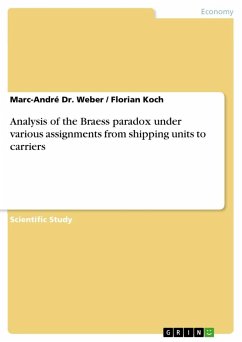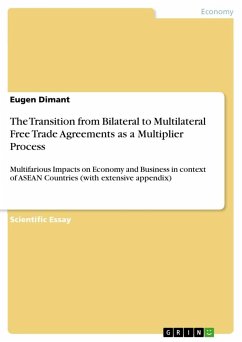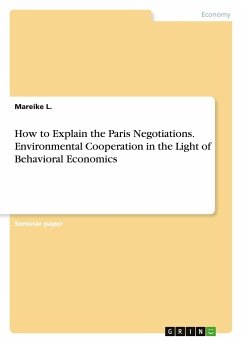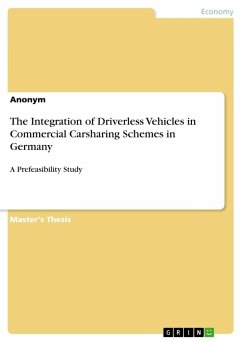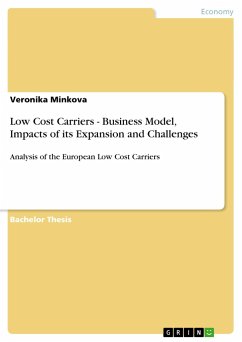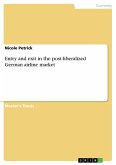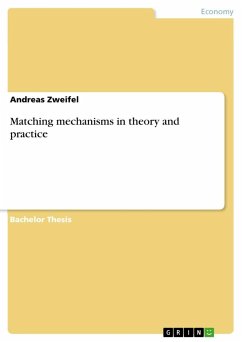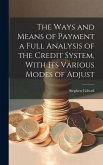Scientific Study from the year 2014 in the subject Economy - Transport Economics, grade: 2, University of Duisburg-Essen, language: English, abstract: The Braess paradox, introduced by D. Braess in 1968, describes the situation in which the total time spent in a system for at least two vehicles travelling from one node to another within a network of several nodes may increase if an additional path is added. This effect is due to non-cooperative behavior of the subjects involved and the fact that time consumption on the paths depends on their respective congestion. In this Game Theoretical paradox, full information is given to all vehicles about the theoretically shortest path for one vehicle, measured in time units, disregarding any congestion, which leads to a routing decision of individual rationality. This paper analyzes the Braess paradox if several shipping units have to be transported by multiple vehicles and load weight influences traffic congestion. A mixed integer linearprogramming formulation is used to model the problem. We introduce the model in detail, give numerical examples and analyze the results. A brief literature review on previous publications dealing with the Braess paradox is given as well.
Hinweis: Dieser Artikel kann nur an eine deutsche Lieferadresse ausgeliefert werden.
Hinweis: Dieser Artikel kann nur an eine deutsche Lieferadresse ausgeliefert werden.

